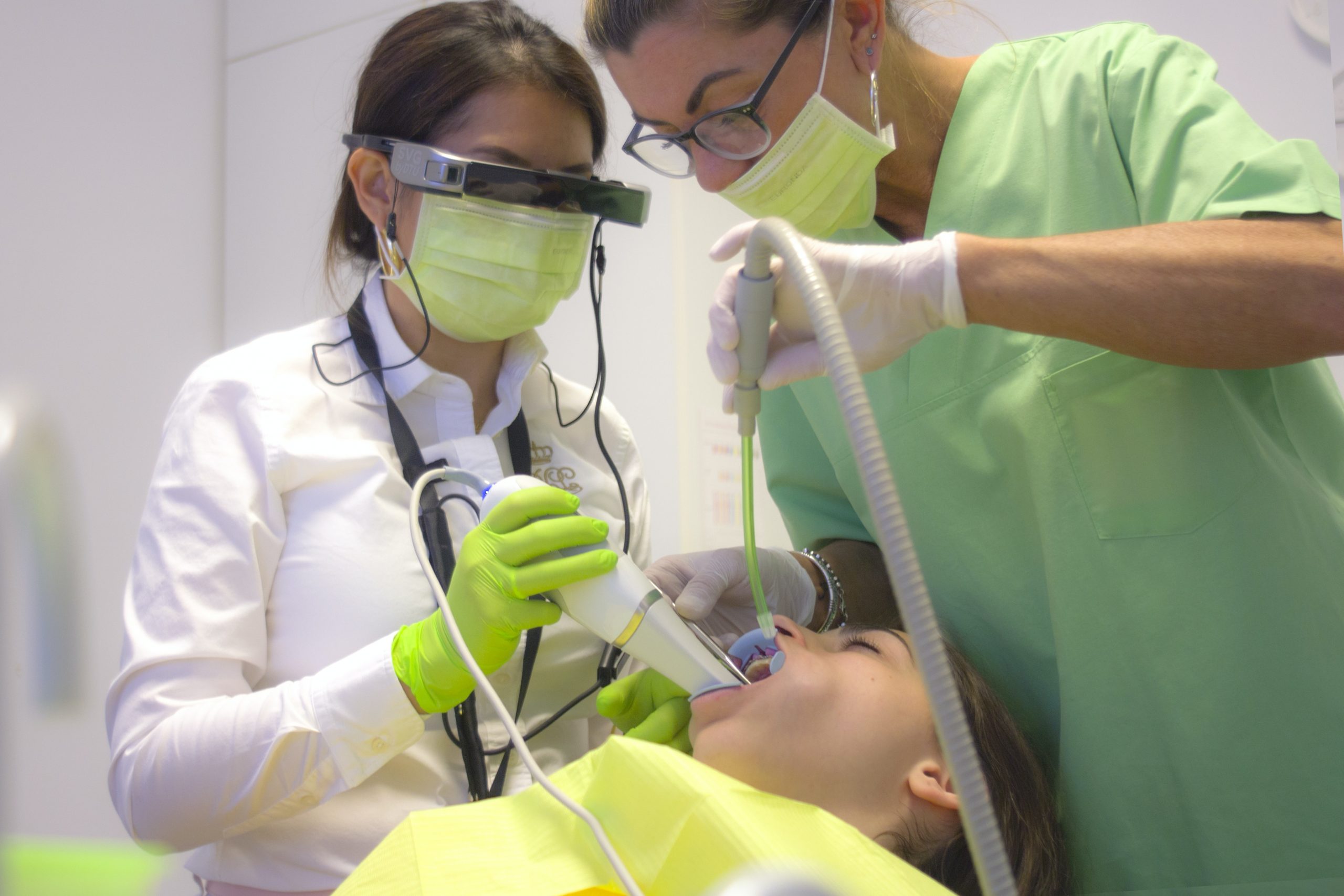
Sedation Dentistry For Kids
Visiting the dentist can be a daunting experience for many children, and it’s not uncommon for them to feel anxious or afraid. However, dental care is essential for their overall health, and it’s important to ensure that they receive the care they need. Sedation dentistry is a safe and effective option that can help children relax and feel more comfortable during dental procedures.
Benefits of Sedation for Kids in Dentistry
1) Reduces Anxiety: Sedation can help reduce anxiety and fear in children, making dental procedures less stressful for them.
2) Promotes Cooperation: Children who are sedated are more likely to remain still and cooperative during a dental procedure, which can make the process safer and more efficient.
3) Eases Discomfort: Some dental procedures, such as extractions or fillings, can cause discomfort. Sedation can help to reduce or eliminate any discomfort a child may experience during the procedure.
4) Reduces Trauma: Dental trauma can be a significant factor in a child’s reluctance to visit the dentist. Sedation can help reduce the chances of traumatic experiences by making the child more comfortable and relaxed.
Considerations for Sedation for Kids in Dentistry
1) Age and Health: Sedation is generally safe for children, but age and health factors must be considered. The child’s age, weight, and overall health should be evaluated before the procedure to ensure that they are a good candidate for sedation.
2) Monitoring: The child’s vital signs must be monitored closely during the procedure to ensure their safety. A trained and experienced dental professional should be present throughout the procedure.
3) Recovery: Children may take some time to fully recover from sedation. Parents or caregivers should be prepared to monitor their child’s behavior and provide appropriate care until the sedative wears off completely.
Types of Sedation for Kids in Dentistry
1)Nitrous Oxide: Also known as laughing gas, nitrous oxide is a mild sedative that is inhaled through a mask. It helps children feel relaxed and at ease during dental procedures.
2)Oral Sedation: This type of sedation involves administering medication in the form of a pill or liquid. The medication helps the child feel drowsy and relaxed, and they may even fall asleep during the procedure.
3) Sedation: This type of sedation is administered through an intravenous line. It is a more potent form of sedation, and it is often used for more extensive dental procedures.
In conclusion, sedation for kids in dentistry can help children feel more comfortable and relaxed during dental procedures. It can reduce anxiety, promote cooperation, ease discomfort, and reduce trauma. However, age, health, and monitoring considerations should be taken into account before administering sedation. Nitrous oxide, oral sedation, and IV sedation are three types of sedation that can be used in pediatric dentistry. If you have concerns about your child’s dental procedures, consult with a dental professional to determine if sedation is a suitable option.

